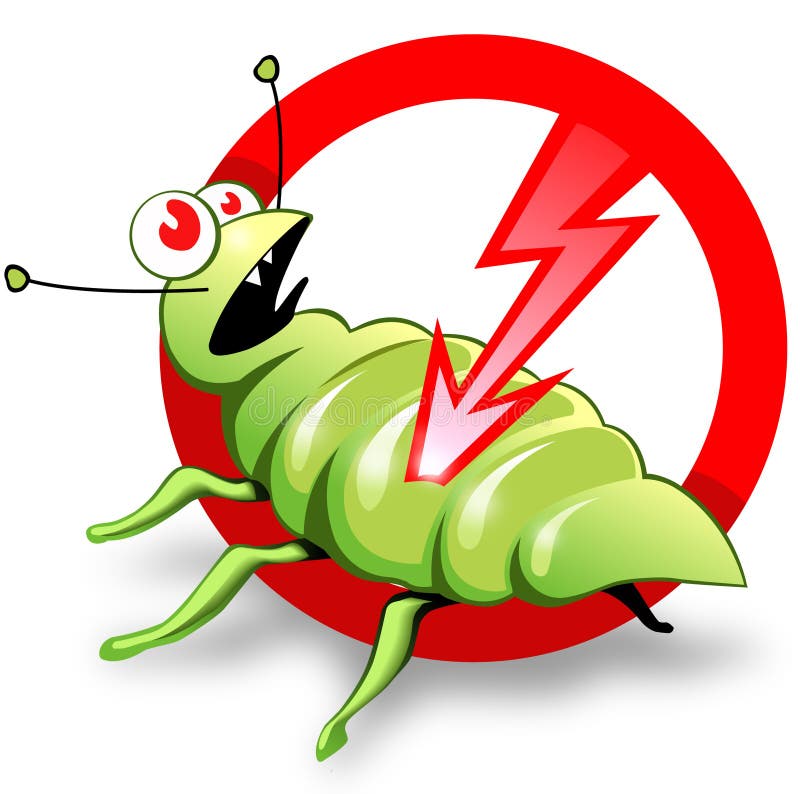Exploring Infestation and Treatment Strategies in the Globe of Bug Control
The landscape of pest control includes a myriad of obstacles, especially as invasions of typical household insects proceed to progress. Comprehending the behaviors and reproductive patterns of these problems is important for establishing effective therapy methods. By incorporating preventative procedures with advanced management techniques, such as Integrated Bug Management (IPM), homeowners can better protect their atmospheres. However, the performance of these approaches might differ considerably based upon certain conditions. What underlying variables add to the success or failure of these approaches in various setups?

Typical House Vermin
When it concerns managing our living rooms, understanding typical household pests is important. These insects not only disrupt our comfort yet can additionally posture health and wellness risks and damages residential property. One of the most common family bugs include ants, cockroaches, rats, termites, and bed bugs.
Ants, typically seen foraging in kitchens, can pollute food and develop large colonies. Rats, including mice and rats, can cause architectural damages and carry conditions like hantavirus and salmonella.
Acknowledging the indicators of these bugs, such as droppings, nests, or bite marks, is vital for early intervention (Pest Control Lockhart). Proper cleanliness methods, sealing entry points, and maintaining a clutter-free atmosphere work preventative steps. By recognizing these common family pests and understanding their behaviors, homeowners can take positive steps to minimize problems, ensuring a healthier living atmosphere
Comprehending Insect Infestations
Bug invasions can escalate quickly, transforming a minor nuisance into a substantial issue if not attended to promptly. Usual elements contributing to infestations consist of inadequate hygiene, structural susceptabilities, and seasonal adjustments that drive bugs indoors.
Identifying the kind of parasite is necessary, as different varieties show diverse actions and reproductive prices. Rats might establish nests in surprise areas while pests like cockroaches prosper in wet settings. Early discovery typically rests on identifying indicators such as droppings, nibble marks, or unusual audios, which can suggest an issue before it comes to be severe.
Warm, moist environments can promote the fast growth of bug populations, while adjustments in landscaping or construction can unintentionally produce conducive settings. An informed strategy to recognizing these dynamics lays the foundation for effective bug management methods in the future.
Treatment Approaches and Strategies
Reliable treatment methods and strategies are necessary for minimizing pest infestations and recovering a safe setting. A complex method is frequently best, including chemical, biological, and mechanical methods customized to the specific bug and the intensity of the invasion.
Chemical therapies consist of making use of pesticides and herbicides, which can properly remove insects. Appropriate application and adherence to safety standards are crucial to lessen dangers to humans and non-target microorganisms. Integrated Pest Management (IPM) motivates the cautious usage of chemicals as a last resource, counting instead on surveillance and threshold levels to identify treatment needs.
Organic control methods involve introducing all-natural killers or parasites to reduce bug populations. This strategy is significantly popular, particularly in farming settings, as it promotes environmental sustainability.
Mechanical methods, such as catches and barriers, supply prompt alleviation from pests without presenting chemicals. Choices include sticky catches for bugs or physical barriers for rodents.
Ultimately, the option of therapy method ought to take into consideration the details insect, the atmosphere, and possible influences on human health and wellness and environments. A well balanced combination of these approaches can efficiently take care of invasions while advertising long-lasting bug control services.
Safety Nets for Homes
Proactively addressing parasite concerns before they escalate is crucial for keeping a healthy home environment (Pest Control Lockhart). Carrying out efficient preventative measures can considerably minimize the possibility of infestations, inevitably safeguarding both your home and health

Proper landscaping additionally plays a vital function in avoidance. Maintaining shrubs and trees cut away from your house decreases the opportunities of bugs discovering their means inside. Ensure that water drainage systems are working efficiently to prevent standing water, which can attract in mosquitoes and other insects.
Last but not least, regular inspections are suggested. Frequently looking for signs of bug task permits early treatment. By taking on these safety nets, property owners can produce a setting that is less congenial to bugs, thereby enhancing their overall top quality of life and decreasing the requirement for extensive bug control interventions.
Commercial Insect Control Approaches
An extensive technique to commercial bug control is crucial for services aiming to preserve a secure and hygienic setting. Effective methods include a mix of normal examinations, employee training, and the implementation of Integrated Insect Administration (IPM) techniques.
Normal Continued evaluations make it possible for very early discovery of pest activity, enabling timely intervention. Organizations should create a routine schedule for these evaluations, concentrating on high-risk areas such as kitchens, storeroom, and waste disposal websites. Employee training is similarly vital; staff needs to be informed on the indications of parasite invasions and the importance of reporting them promptly.
Carrying out IPM practices helps mitigate pest issues sustainably. This consists of environment modification, such as securing entry factors and minimizing mess, as well as using all-natural deterrents prior to turning to chemical treatments.

Additionally, working together with a certified bug control provider guarantees accessibility to specialist knowledge and sophisticated therapy alternatives. This collaboration can lead to customized insect control plans customized to the details requirements of the business, decreasing dangers and boosting general efficacy. Ultimately, a positive and enlightened strategy fosters a pest-free setting, safeguarding both public health and service reputation.
Final Thought
In verdict, reliable bug control demands a detailed understanding of common home pests and their behaviors, coupled with targeted treatment approaches. Applying preventative steps along with therapy approaches such as Integrated Insect Monitoring and biological control boosts the capacity to reduce problems.